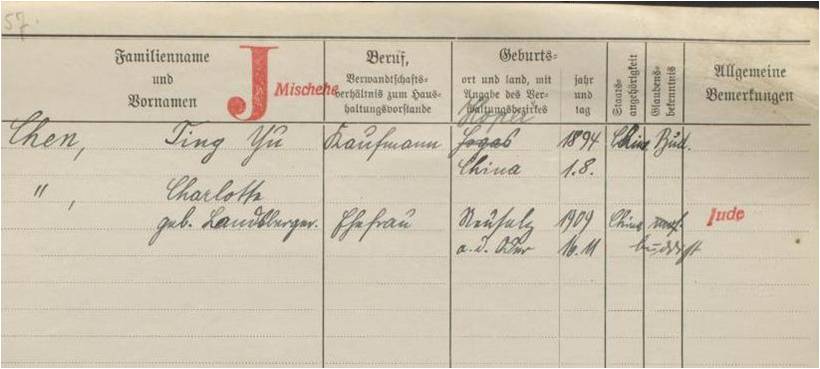Many Nazis harbored a general distrust of foreigners and foreign Jews in particular. Their prejudices changed and intensified in the course of the 12 years of Nazi rule. At the same time, the number of foreign Jews living in the territory of the German Reich had already decreased from about 150,000 (in 1925) to about 100,000 (in 1933), and 45,000 (in 1939). In September 1943, the number amounted to 257 non-internees and in 1944 to 72 non-internees.
Of the 45,000 foreign Jews living in the German Reich in 1939, some 25,000 held a citizenship; the others were stateless persons, mostly former Polish Jews.

This research project considers neither Polish Jews nor stateless persons, since studies on these individuals are already underway. The study sheds light on the reality of life of the remaining, very heterogeneous group of people, which historical research has addressed only selectively so far. The overarching question involves the relationship between “race” and nationality as well as the influence of Nazi Germany’s state relations with the respective countries of origin on the (persecution) fate of Jews living in Germany. Specifically, the project aims at exploring the effects of Nazi persecution measures on foreign Jews, their strategies for dealing with the situation, and the scope for action open to those affected. Furthermore, the relationship of foreign Jews to “their” home state is to be examined, as well as its (changing) means to protect or abandon them (“repatriation operations,” acceptance of the persecution in Germany). Another theme addressed relates to the integration of the foreign Jews in the German non-Jewish as well as Jewish environments, especially since a majority of the persons concerned (in 1933: 40%) was born in Germany.




